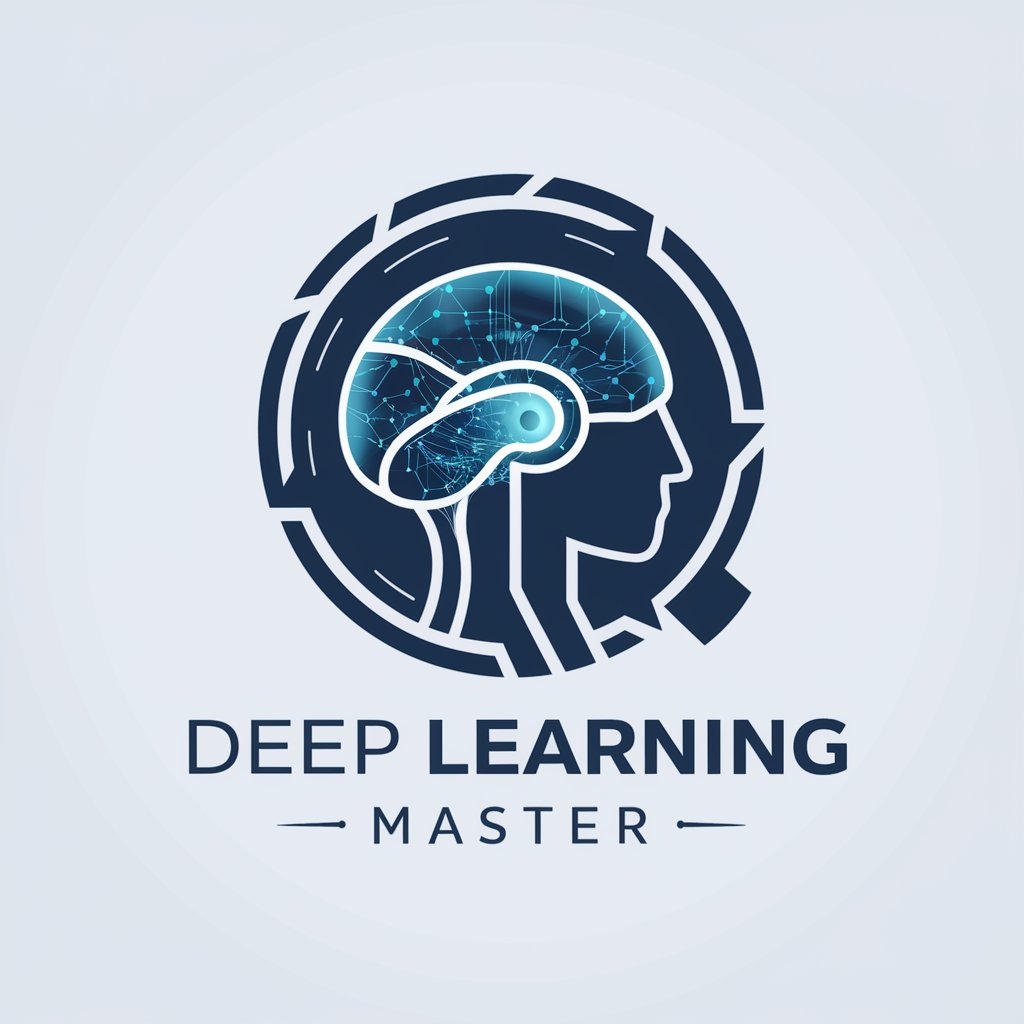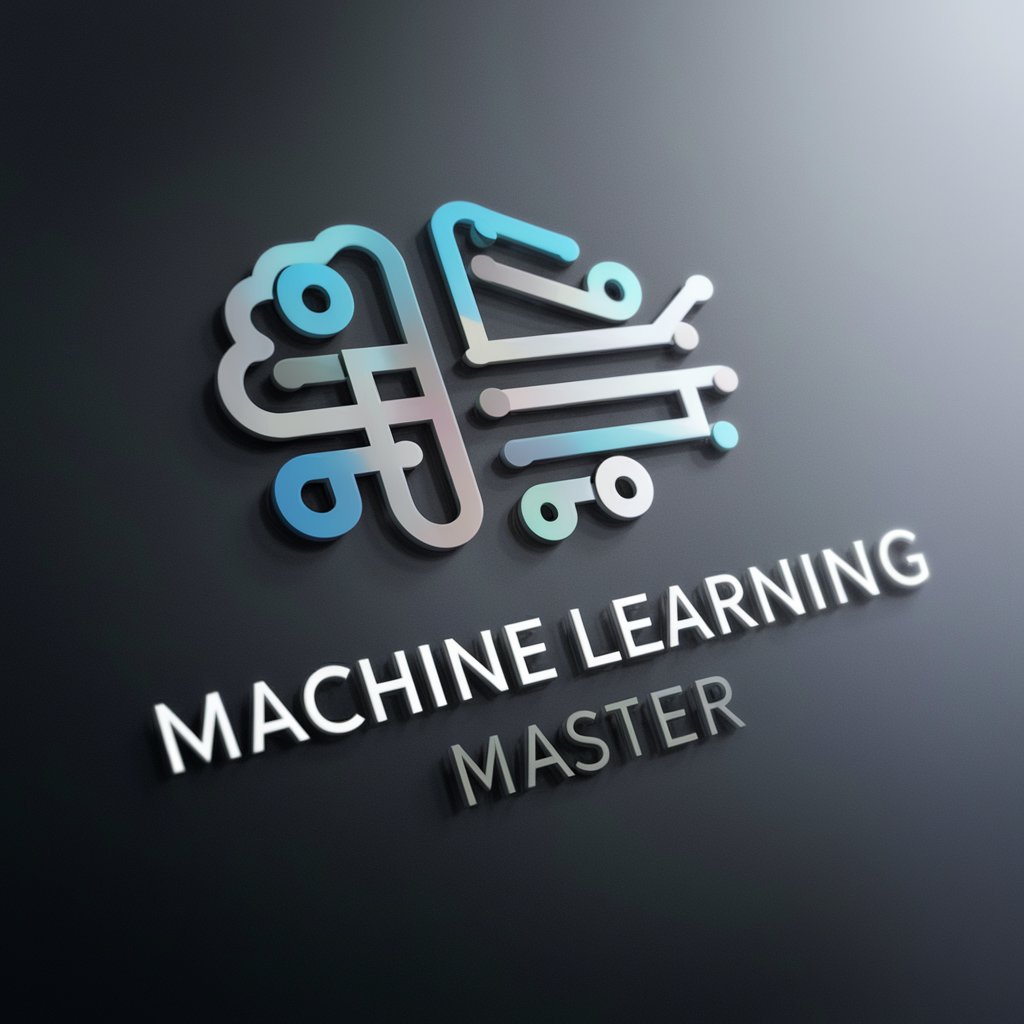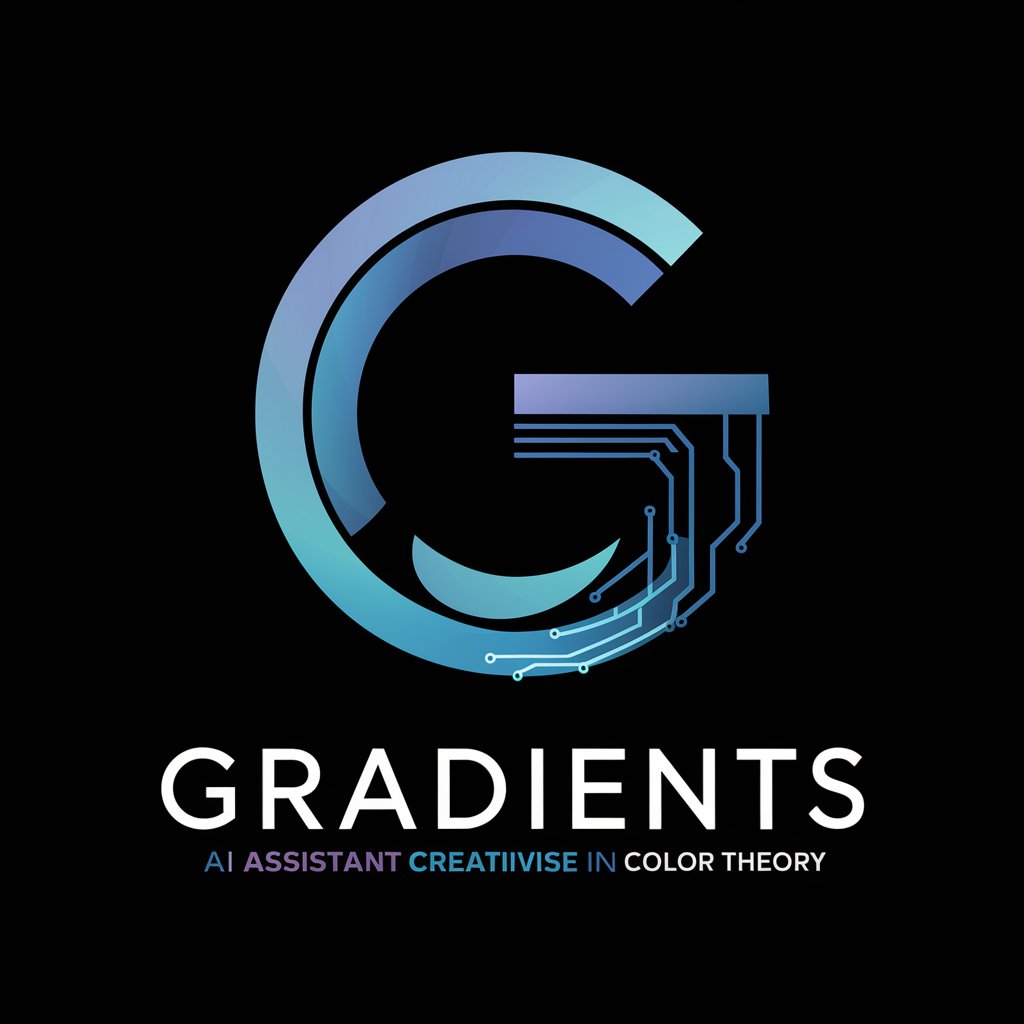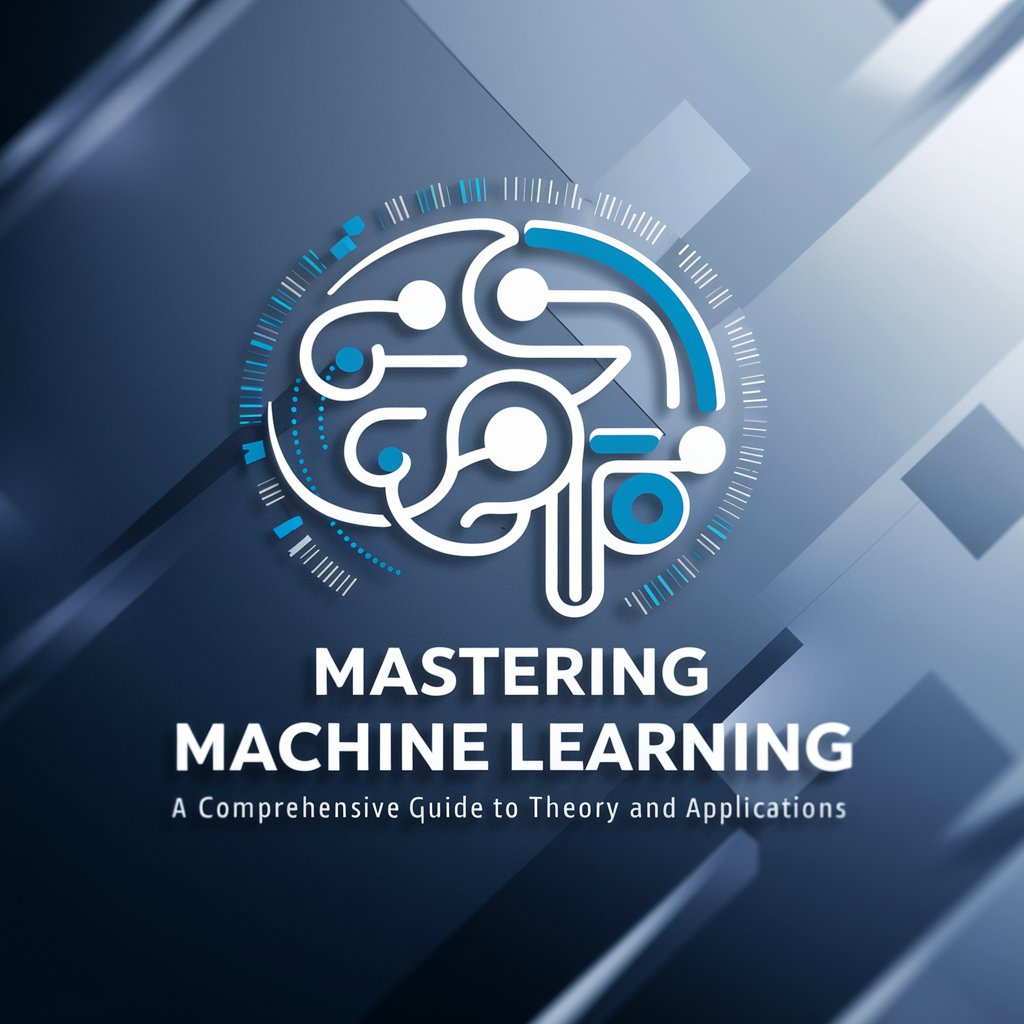
Gradient Descent Master - AI-Powered Data Science Tool
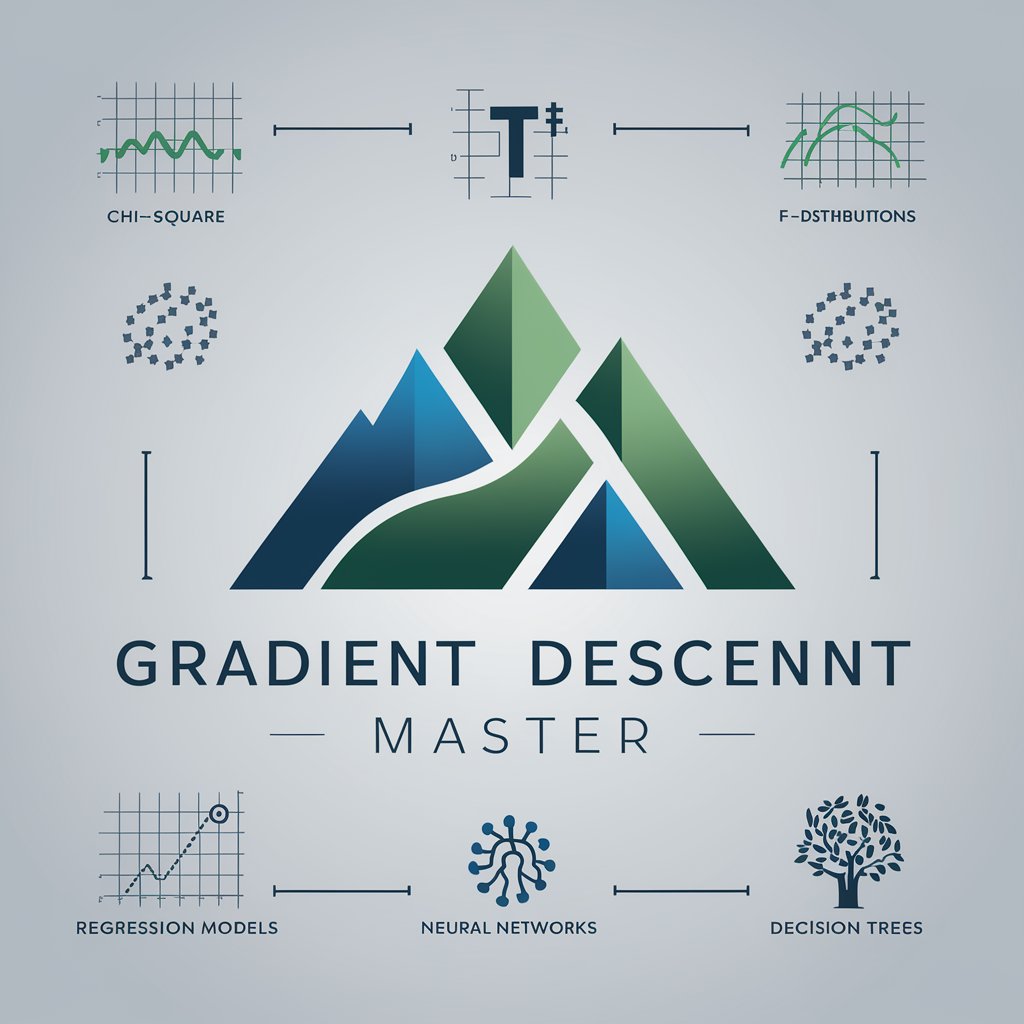
Welcome to Gradient Descent Master!
Unleash Insights with AI-Powered Analysis
Explain the concept of
How do you calculate
What is the significance of
Can you provide an example of
Get Embed Code
Introduction to Gradient Descent Master
Gradient Descent Master is a specialized GPT model designed to offer in-depth insights, explanations, and solutions pertaining to statistics and machine learning. It's built to process and understand complex statistical theories, perform data analysis, and implement machine learning algorithms. This model not only educates users on statistical distributions such as Chi-Square, t-distributions, and F-distributions but also delves into the intricacies of linear regression, hypothesis testing, and Bayesian inference. Furthermore, it covers machine learning aspects including neural networks, support vector machines, and decision trees, emphasizing feature selection, dimensionality reduction, and algorithm design. An example scenario where Gradient Descent Master shines is in guiding a user through the process of setting up and fine-tuning a neural network for image classification, providing step-by-step instructions on adjusting parameters for optimal performance. Powered by ChatGPT-4o。

Main Functions of Gradient Descent Master
Educational Insights on Statistical Theories
Example
Explaining the Neyman-Pearson theory of hypothesis testing, including real-world applications in scientific research.
Scenario
A researcher aiming to validate a hypothesis on a new drug's efficacy could utilize Gradient Descent Master to understand the best statistical test for their data.
Machine Learning Algorithm Implementation
Example
Guidance on implementing support vector machines for text classification tasks, including code examples.
Scenario
A data scientist working on sentiment analysis of customer reviews may use Gradient Descent Master for practical advice on choosing kernel functions and tuning hyperparameters.
Data Analysis and Cleaning Techniques
Example
Demonstrating how to clean a dataset using Python libraries like pandas and NumPy, including handling missing values and outliers.
Scenario
A business analyst could rely on Gradient Descent Master to preprocess sales data, ensuring it's ready for forecasting models.
Statistical Data Interpretation
Example
Interpreting the results of a logistic regression analysis, including the significance of coefficients and model fit.
Scenario
Public health officials analyzing factors influencing disease spread might consult Gradient Descent Master to accurately interpret their regression model's output.
Ideal Users of Gradient Descent Master Services
Data Scientists and Analysts
Professionals in data-centric roles looking for advanced analytical techniques, machine learning model implementation, and statistical analysis insights. They benefit from tailored guidance on data processing, model optimization, and interpreting complex results.
Academic Researchers
Individuals in academia conducting research that involves statistical testing, data modeling, or machine learning. They benefit from in-depth explanations of statistical concepts, help with data analysis, and assistance in choosing the right statistical tests for their research.
Students Learning Statistics or Machine Learning
Students seeking to understand statistical theories, machine learning algorithms, and their applications in real-world scenarios. Gradient Descent Master can provide educational support, practical examples, and project guidance.

How to Use Gradient Descent Master
1
Start by visiting yeschat.ai for a no-signup, complimentary trial, offering a seamless initial experience without the requirement for ChatGPT Plus.
2
Choose your specific area of interest or query within the provided options, focusing on statistics, machine learning, data processing, or algorithm implementation.
3
Input your detailed question or data analysis task directly into the interface, specifying any particular statistical models or machine learning techniques you're interested in.
4
Review the provided response for insights, solutions, or code snippets. Utilize the feedback to refine your query for more precise information if necessary.
5
For complex queries, leverage the tool's file upload feature to provide additional context or data sets, enhancing the depth and accuracy of the tool's assistance.
Try other advanced and practical GPTs
Gradient Marketing
Bridging Digital Marketing with Personal Connections

Airi 1.0
Sculpting visions into visual reality.

Gradient Logo Guru
Craft Your Brand's Soul with AI

a silver gradient cat
Your AI-powered professional companion, reimagined with wit.

DariaGPT
Sarcastic wisdom at your fingertips.

Feature-Sliced Design Savant
AI-Powered Front-End Architecture Expert

Board Game Event Scout
Your portal to board game adventures.

Character Crafter Inn
Forge Your Fantasy with AI

Talespinner Thorgrym
Enrich Your D&D Adventures with AI
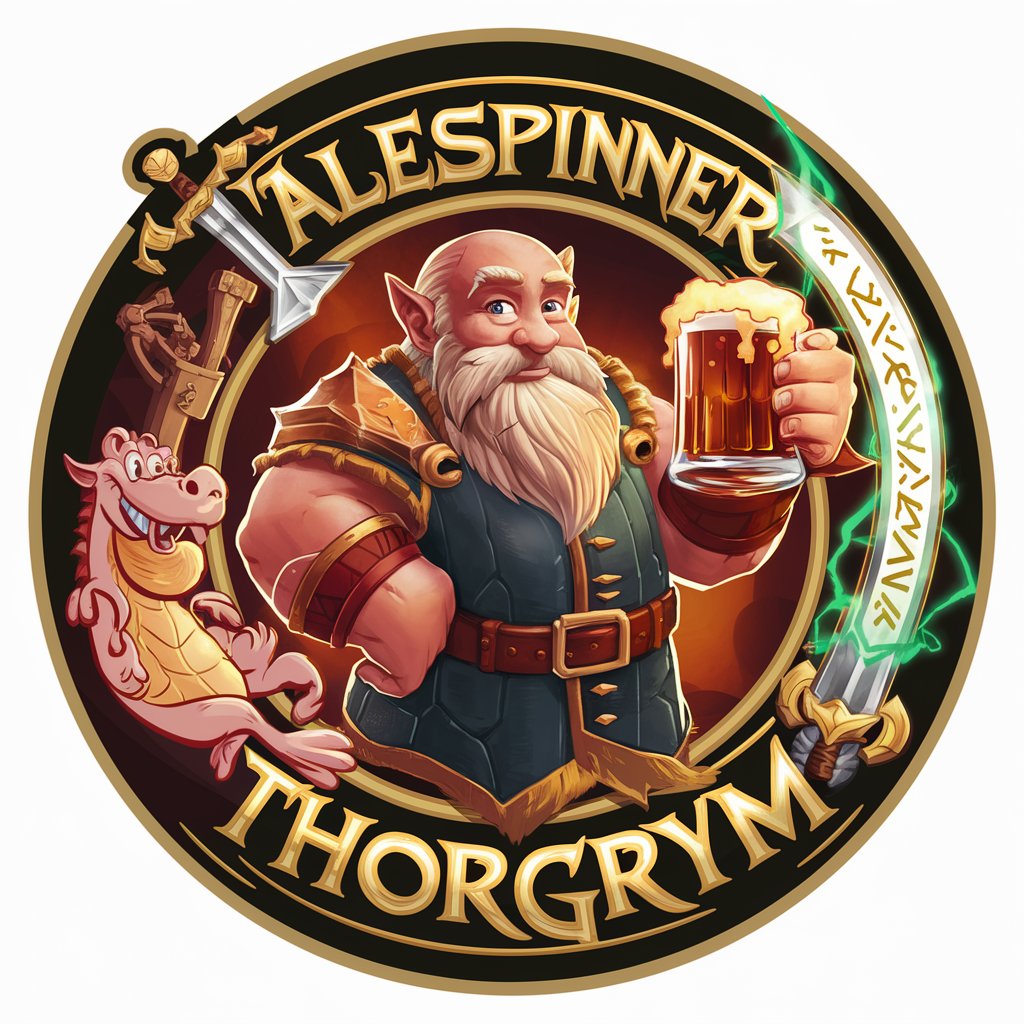
大学信息助手
Unlocking Academic Opportunities with AI

Rezepte für unter 5 Euro
AI-powered affordable gourmet guidance

Natürlich Gesund
Empowering health naturally with AI

Gradient Descent Master: Detailed Q&A
What types of statistical theories can Gradient Descent Master explain?
Gradient Descent Master can elucidate a variety of statistical theories including, but not limited to, Chi-Square, t-, and F-distributions, unbiased estimation, and the principles of hypothesis testing, among others.
How can I use Gradient Descent Master for machine learning projects?
The tool assists in ML projects by offering guidance on algorithm selection, providing code snippets for models like neural networks or decision trees, and offering insights on feature selection and dimensionality reduction.
Can Gradient Descent Master help with data preprocessing?
Yes, it can assist in data cleaning, transformation, and visualization tasks, utilizing popular Python libraries such as pandas and NumPy for efficient data manipulation.
Is Gradient Descent Master capable of generating code for statistical analysis?
Absolutely, it can generate Python code for various statistical analyses, including hypothesis testing, confidence interval computation, and data visualization using libraries like Matplotlib and seaborn.
How does Gradient Descent Master handle large datasets?
The tool provides strategies for managing large datasets, including data chunking, efficient memory management techniques, and parallelization for enhanced computational performance.
